Why melon leaves turn yellow in the open field and how to treat it
It is possible to get a good harvest of melons and gourds if efforts are made to grow it. You should know in advance what difficulties you may encounter, this will help to warn them in a timely manner. And questions: why worms appear in fruits, why leaves turn yellow in melons in the open field, after studying this article, they will not be able to confuse you. Treatment options differ depending on the type of problem.
Causes of yellowing leaves in melons
Knowing the main reasons why the leaves of the cultivated melon still turn yellow, you can determine the method of its treatment. This will help you choose how to treat, as well as select the necessary fertilizers or growth stimulants.
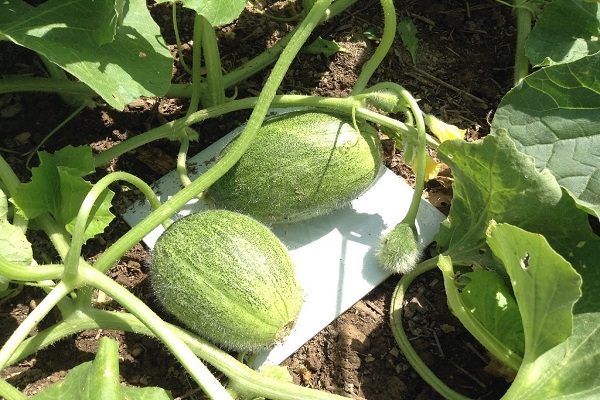
Water scarcity
Lack of moisture is one of the consequences of the onset of plant melon problems. It has a powerful root system that penetrates deep (up to 1 m) into the ground and can independently extract water. But still, she needs watering, although not too abundant.
It is enough to carry out weekly irrigation. Water should be used only warm, infused in a container under the sun. It is preferable to equip a drip irrigation system in order to avoid the ingress of water droplets onto its aboveground part, and do not cause yellowing of the stems on the melon.
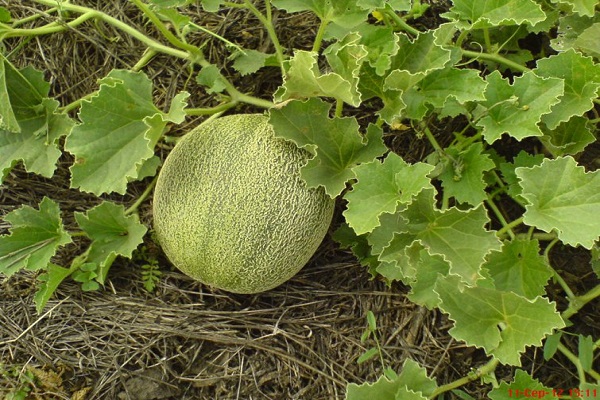
Why do melons rot in too wet areas? Because waterlogging can initially cause rotting of the root system, and then the ground part begins to turn yellow.
Damage to the root system
How do you know if a melon is suffering from a damaged root system? This can happen if the plants are planted too close to each other. As a result, they will start to turn yellow and then disappear.
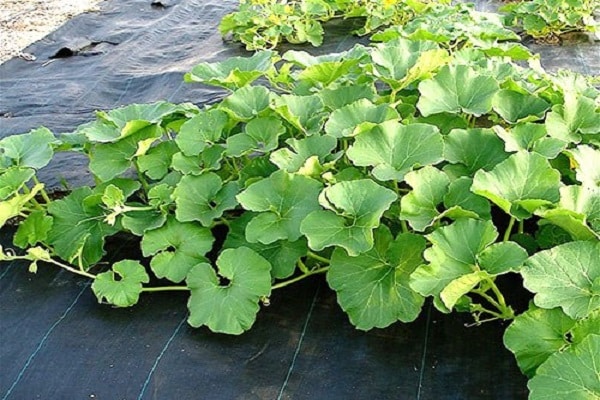
Lack of mineral salts
You can clearly see the consequences of an insufficient amount of mineral salts in the soil by looking at the leaves. At first glance, it can be assumed that this is the fault of the greenhouse pests. Dark spots appear on the leaves, they wither and turn yellow.
What can be done in this case? To carry out complex feeding of melons and gourds with nitrogen and mineral fertilizers.

Excess sunlight
Too intense sunlight is also an important factor in why melons tend to dry out. Especially during dry times, this becomes the main reason when the leaves on melons grown outdoors dry and then completely dry out.What should be done to get rid of this problem? For example, plant beds should be covered with dry grass.
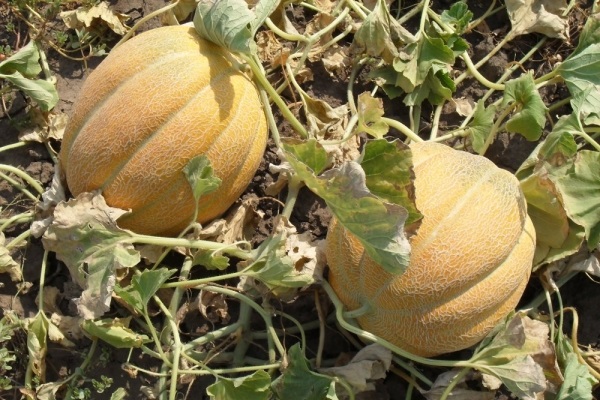
Causes of yellowing and falling off of ovaries in a melon
Sometimes, it would seem, in a successful melon, for some reason the emerging ovaries turn yellow and fall off, the leaves curl. To understand why this happened, it is necessary to find out what negative circumstances preceded this.
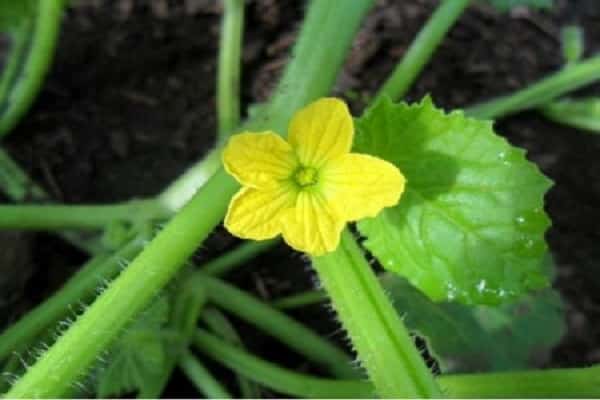
Lack of minerals
An insufficient amount of trace elements and minerals in the soil is one of the reasons why melon ovaries wither and subsequently disappear. In greenhouses, this resembles the defeat of the crop by pests. You can cope with such a problem by introducing complex mineral fertilizers into the soil.
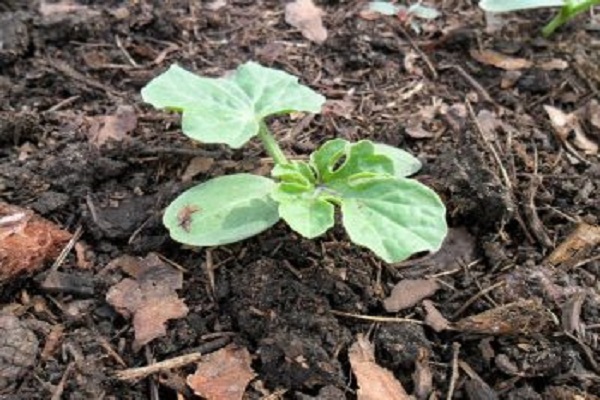
Not pollinated
In the absence of pollination, there is a high probability that the fruit will not set, and this will lead to the fall of the flowers. To prevent this phenomenon, it is recommended to spray the flowering lashes with sweetened water to attract more insects. Or pollination can be done artificially.
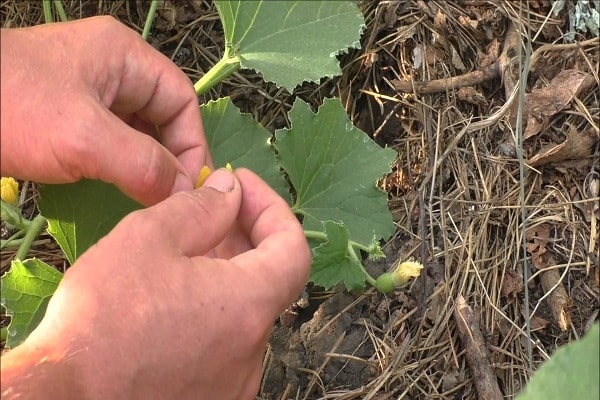
No pinching
To promote normal development, melons and gourds require pinching of the main stem. It is enough to leave 3 stems on the bush (one main and two lateral). If you do not follow the requirement, then this becomes the reason why the lashes of melons dry.
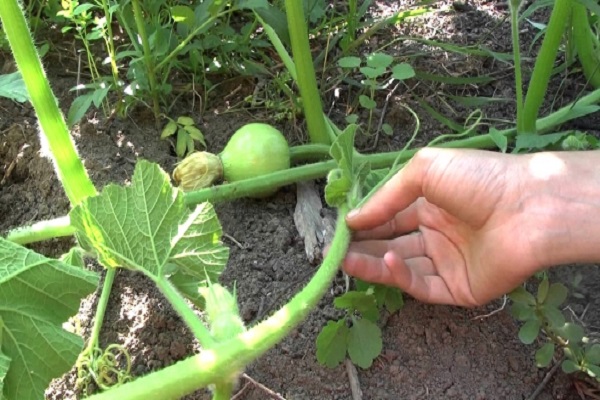
Temperature jump
If the temperature during the day is much higher than the night level, the development of all pumpkin crops deteriorates. Under such climatic conditions, the negative drying process of the whips increases during the fruiting period.
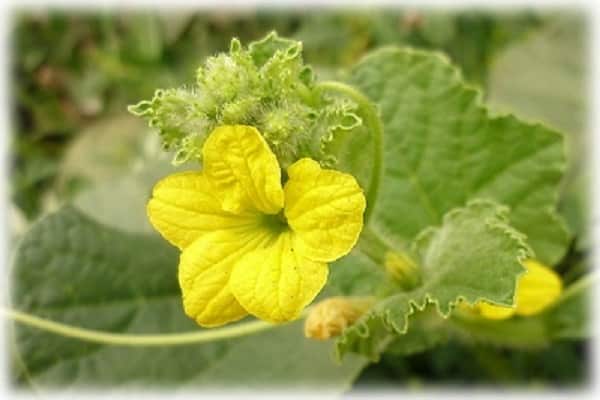
Causes of rotting melons
This can happen if agricultural technology was not followed during cultivation. One of the reasons provoking this phenomenon is the defeat of root rot. Often, rotting begins when the rules of crop rotation are not followed and seeds are planted in contaminated soil.
Weakened plants are more prone to rotting. Initially, the root system dries up, and then the foliage withers and turns yellow. As a result of this process, the bush disappears. If rotting occurs during the ripening of the fruit, then the harvest cannot be harvested, since the fruit rots from the inside.

Diseases characteristic of melons and gourds
Some types of diseases and pests prevent a decent harvest of fruits from being harvested. You should know the signs of diseases in order to know how to protect them from such problems. Melons and gourds can infect all sorts of infections (viral, bacterial or fungal).
The most common diseases of pumpkin crops are as follows:
- ash (powdery mildew);
- fusarium wilting;
- anthracosis (dry copperhead);
- flower parasite broomrape;
- mosaic virus;
- ascochitis.
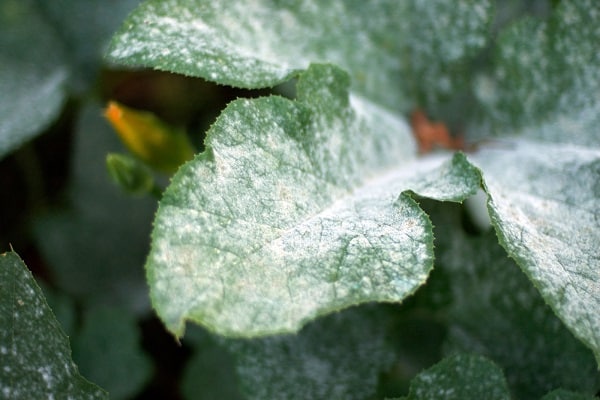
Planted melons and gourds are often harmed by insects:
- spider mite;
- melon fly;
- melon aphid (cotton).
They usually damage the skin of ripe fruits and lay larvae in them.
Diseases can spread from diseased seeds, weeds, or soil. It should also be borne in mind that some types of diseases can be carried by insects. Therefore, timely pest control must be carried out.

Melon aphid
The defeat of this pest occurs by reproduction on the underside of the leaves of small insects. They suck the sap from the plant, which leads to its wilting and falling off the ovaries. This is why the leaves curl and the stems dry out.
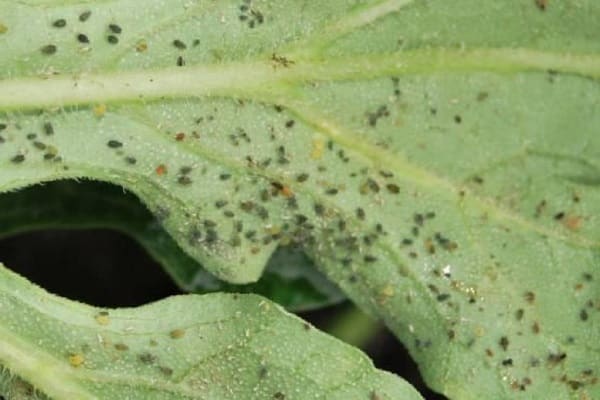
Fusarium wilting
This infection is caused by a special kind of fungus. It penetrates through the root system from the soil. Initially, root decay occurs, which leads to complete drying of the aerial part. From the first signs of the disease to the death of the plant, it takes from 1 to 1.5 weeks.
The danger of this disease is that it can spread over the site.Fusarium can occur at almost any stage during a period of high soil and air humidity. As a preventive measure, it is not recommended to plant a melon for several years in a row in the same area.
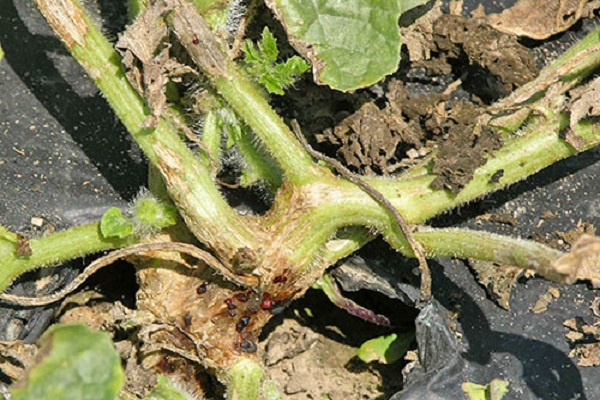
Melon anthracosis
This type of fungal disease affects plants grown in greenhouse conditions. First, spots of a brownish-pinkish hue are formed on them, then the stems become brittle and the fruits rot.
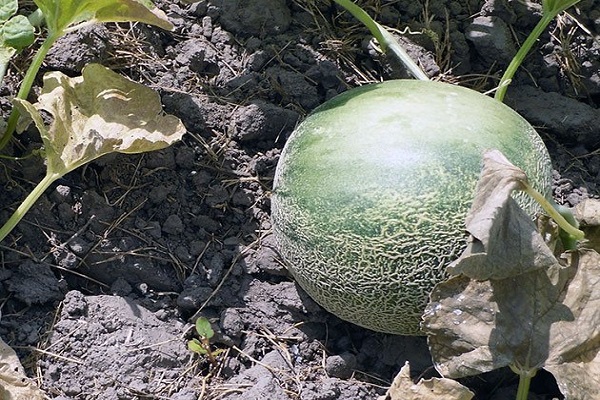
Spider mite
Colonies of this parasite appear on young shoots, ovaries or buds. Adults weave webs and lay eggs. The larvae feed on cell sap. Scars appear at the site of the bite, and the melon culture dries during the fruiting period. The parasites can then migrate to healthy plants. The eggs of this pest can remain viable for 5 years.
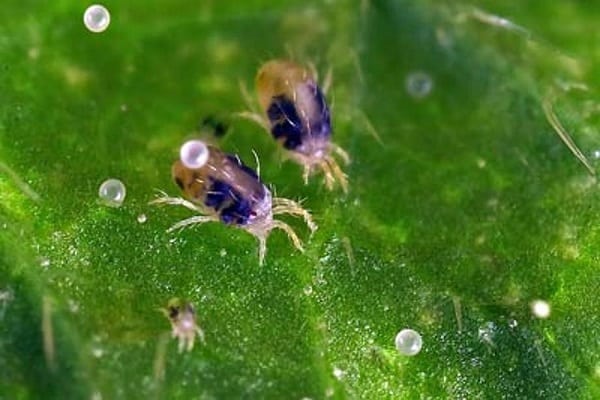
Bunny
It is a parasitic plant species. It does not have a root system, but instead there are fleshy suckers that dig into the stem and feed on someone else's juice.
Since one broomrape gives more than a million spores, it is difficult to cope with this problem. Herbicides can be used during pre-sowing soil cultivation.
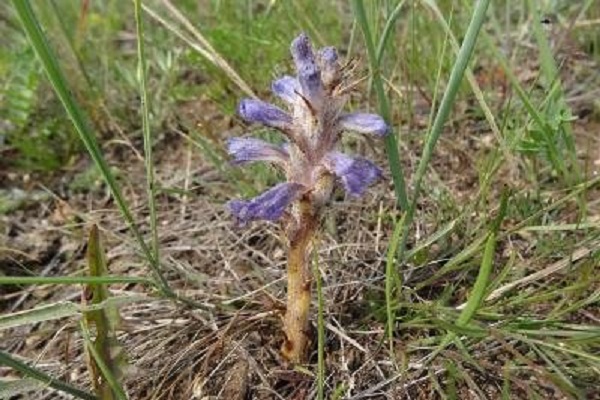
Powdery mildew
The peak of powdery mildew disease occurs in the second half of summer, if dry weather with minimal rainfall is established. Whitish spots appear, the foliage gradually turns yellow and disappears.
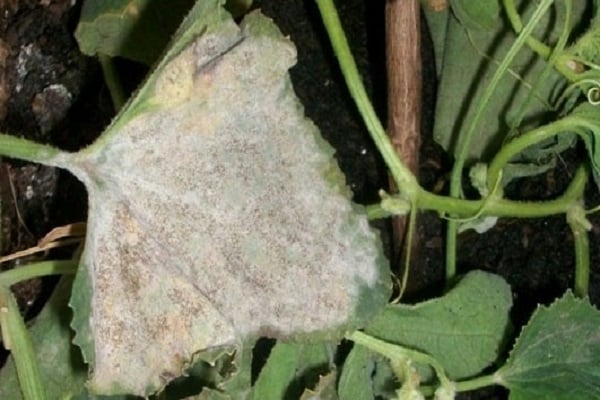
Melon fly
This pest most often spoils the melon crop. Such a fly lays its larvae in ripe fruits. As they grow, they make moves for themselves, as a result of which the melon decays completely. The presence of larvae can be recognized by the small holes in the skin. Affected fruits become vulnerable to fungal or viral diseases.

Control measures and prevention
Melons are treated with the same methods and identical preventive measures are applied. For this purpose, timely removal of weeds is carried out, as well as cleaning the beds from plant residues.
To strengthen the bush, the shoots affected by the disease are cut off. It is important to conduct moderate watering of the soil in order to prevent stagnation of water or severe drying out.
As a pre-sowing soil preparation, deep digging and autumn processing are provided. In addition, a disinfecting treatment of seeds is carried out before sowing. You can use an aqueous solution of formalin (40%).
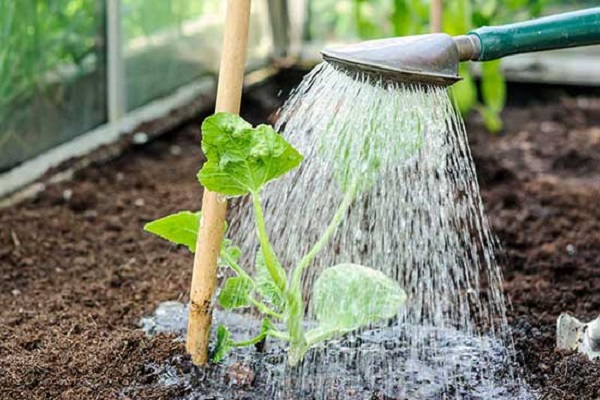
Observance of crop rotation is considered a prerequisite for the normal development of planted plants. In order to prevent waterlogging of the soil, melons are planted in high beds.
During the ejection of the buds, the beds are treated with water with the addition of potassium chloride. To prevent infection with pathogens, it is necessary to loosen the soil and remove weeds.
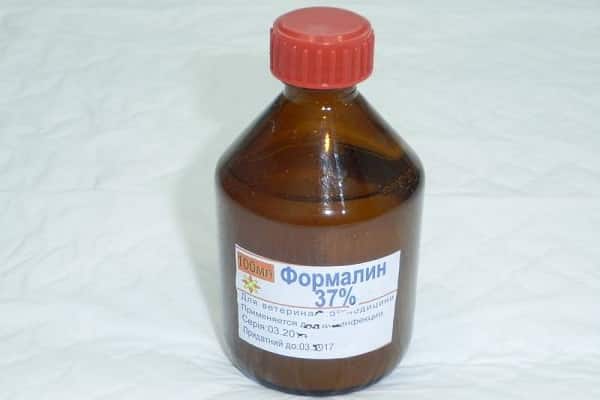
For the prevention and treatment of plants, acaricide preparations containing phosphorus or sulfur are used. Today, a biological method of control is also used by means of reproduction of a small phytomize fly. During growth, its larvae eat parasitic organisms.
Of the chemicals used for spraying melon plantings:

- Karbofos (add 70 g of the product to 1 bucket of water).
- Actellik (solution of 3 ml of the drug in 1 bucket of water).
If you want to treat the beds with chemicals, use laundry soap dissolved in water. It is enough to grate 1/3 of the bar and dissolve in 10 liters of water.
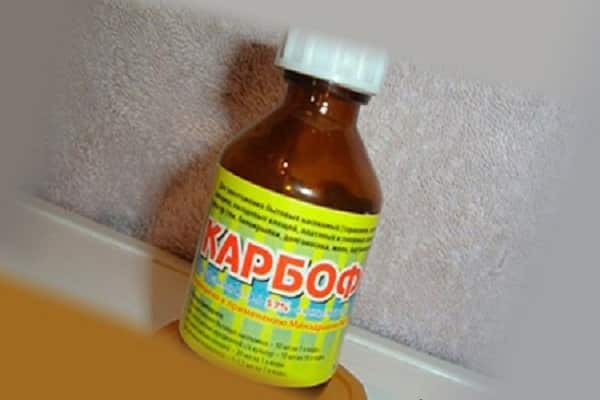
How do you know if a melon is missing?
It is possible to understand that the melon has disappeared by external signs during the fruiting period: the fruits have a soft peel, dark spots, dents, cracks and punctures on it, the ripening time in this case changes, the vine dries. Fruit without mechanical damage on the peel tastes better.
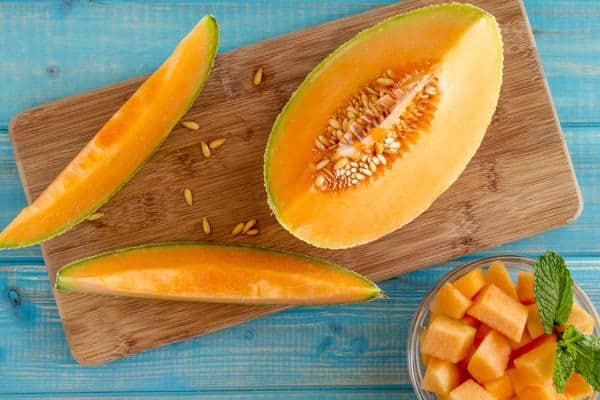
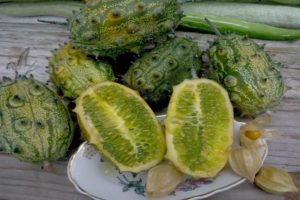
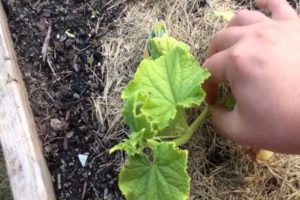

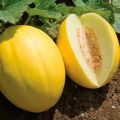
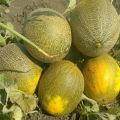
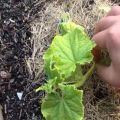


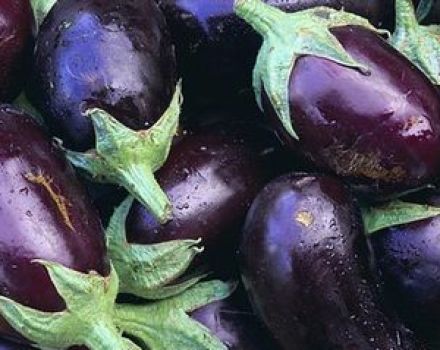
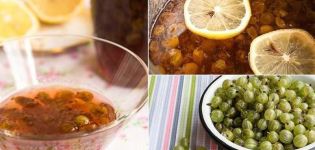
I also had this problem with melons until I started using the plant growth bioactivator. BioGrow... Not only did they stop hurting, but the yield increased, very decently, by 30 percent.